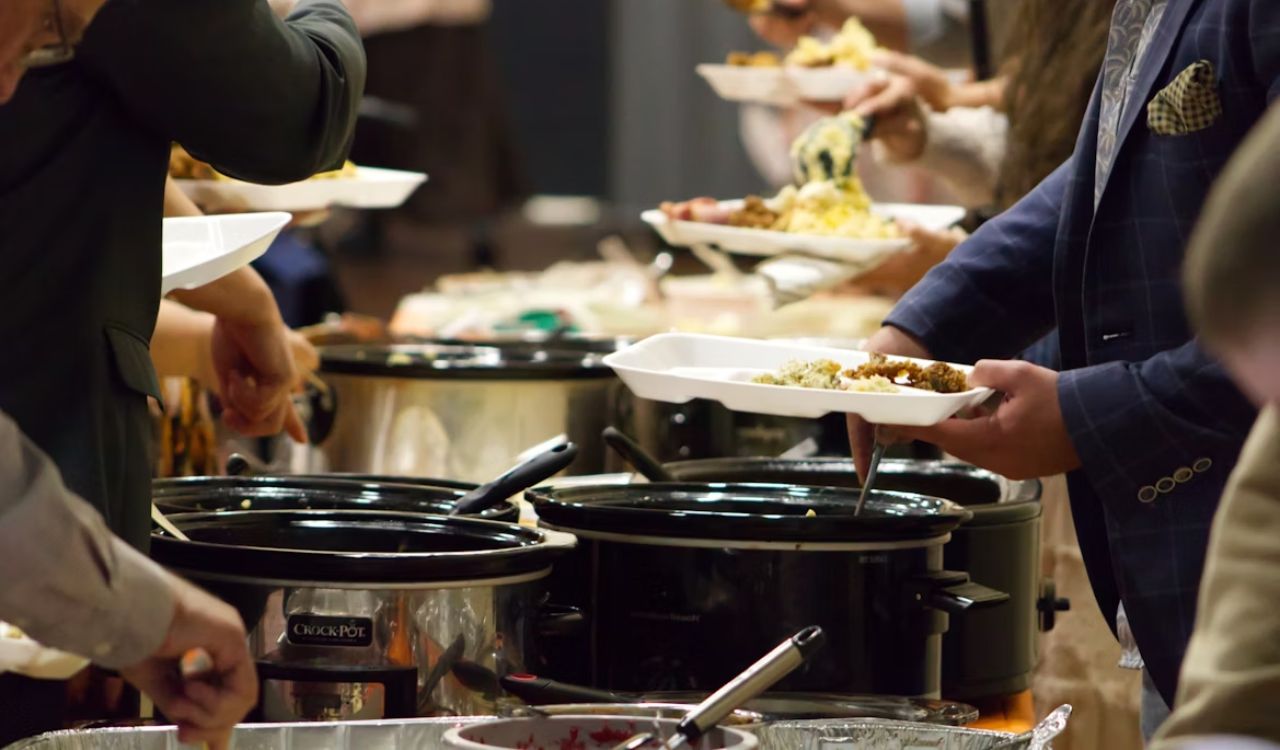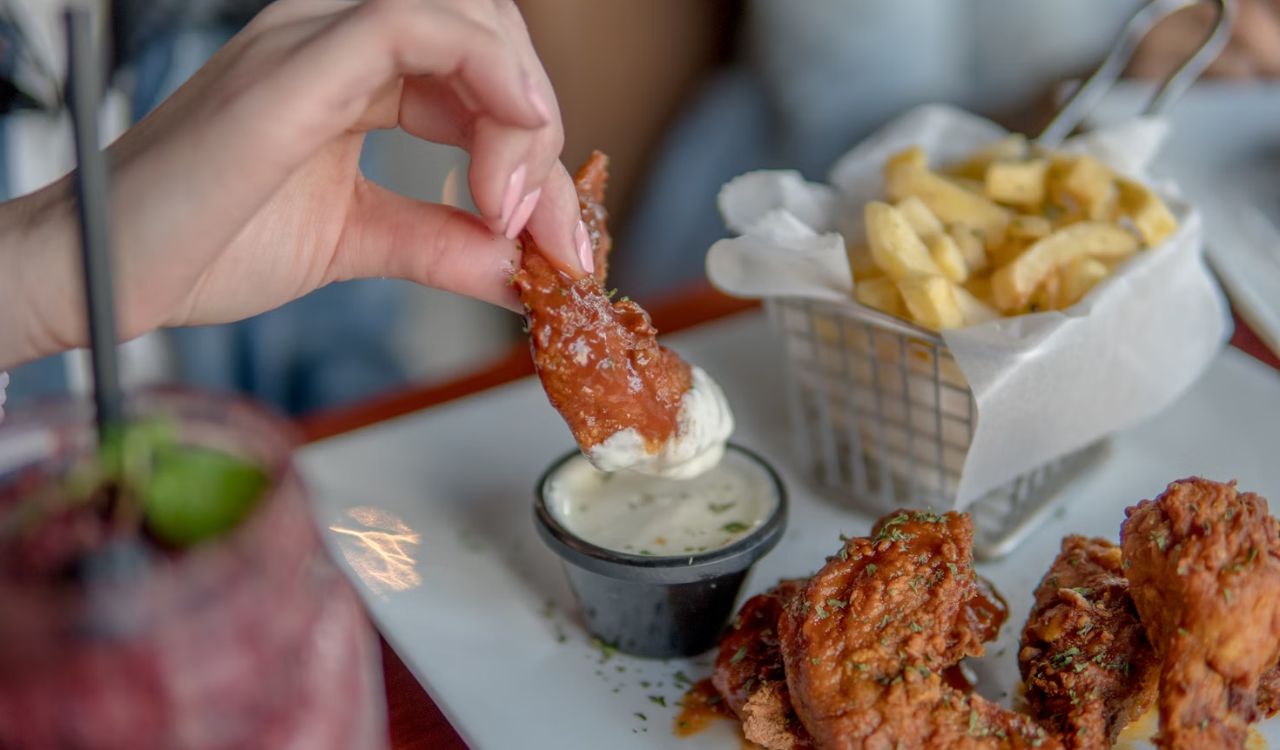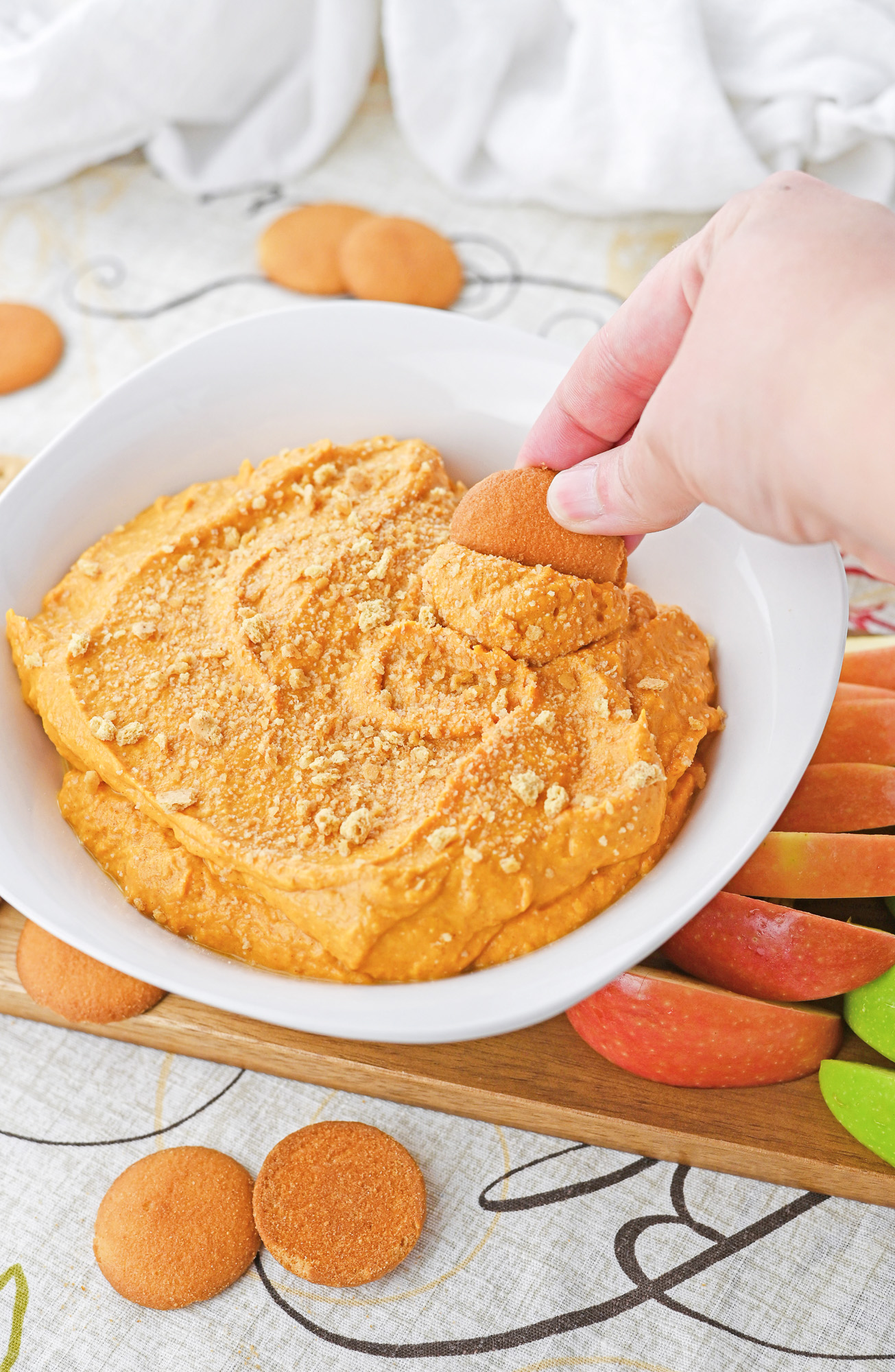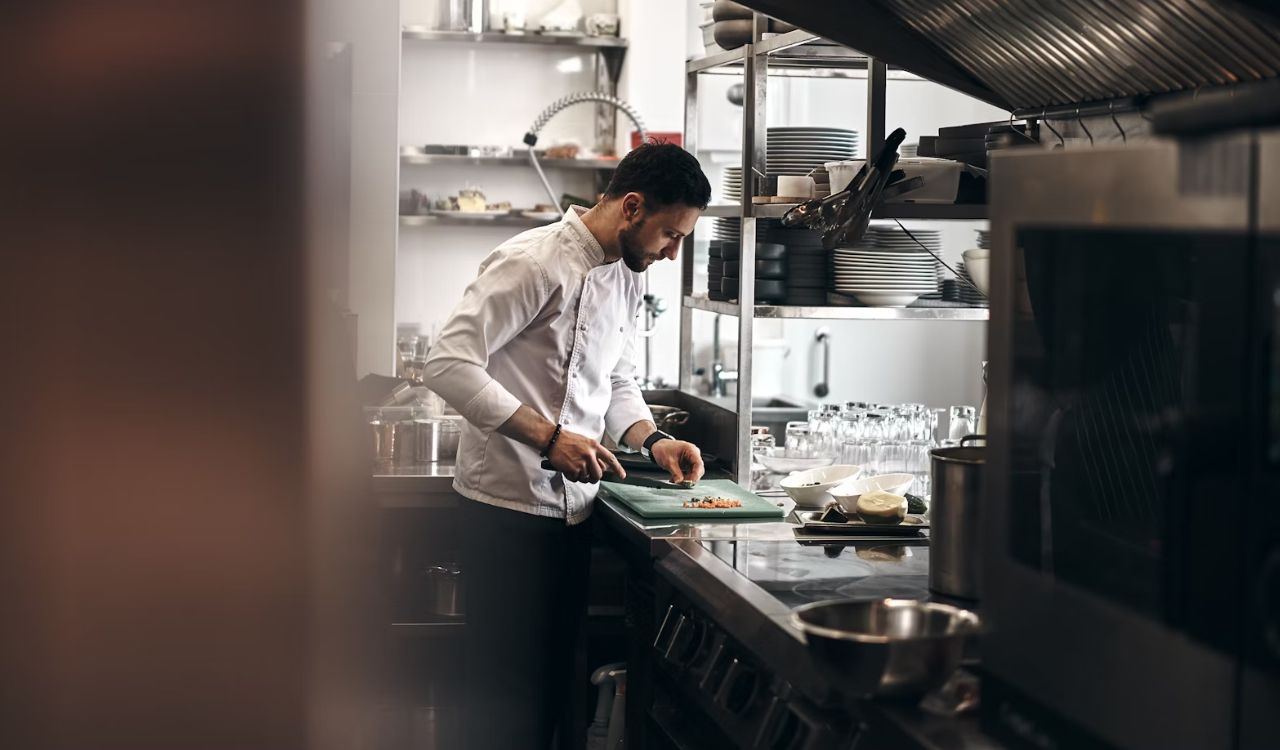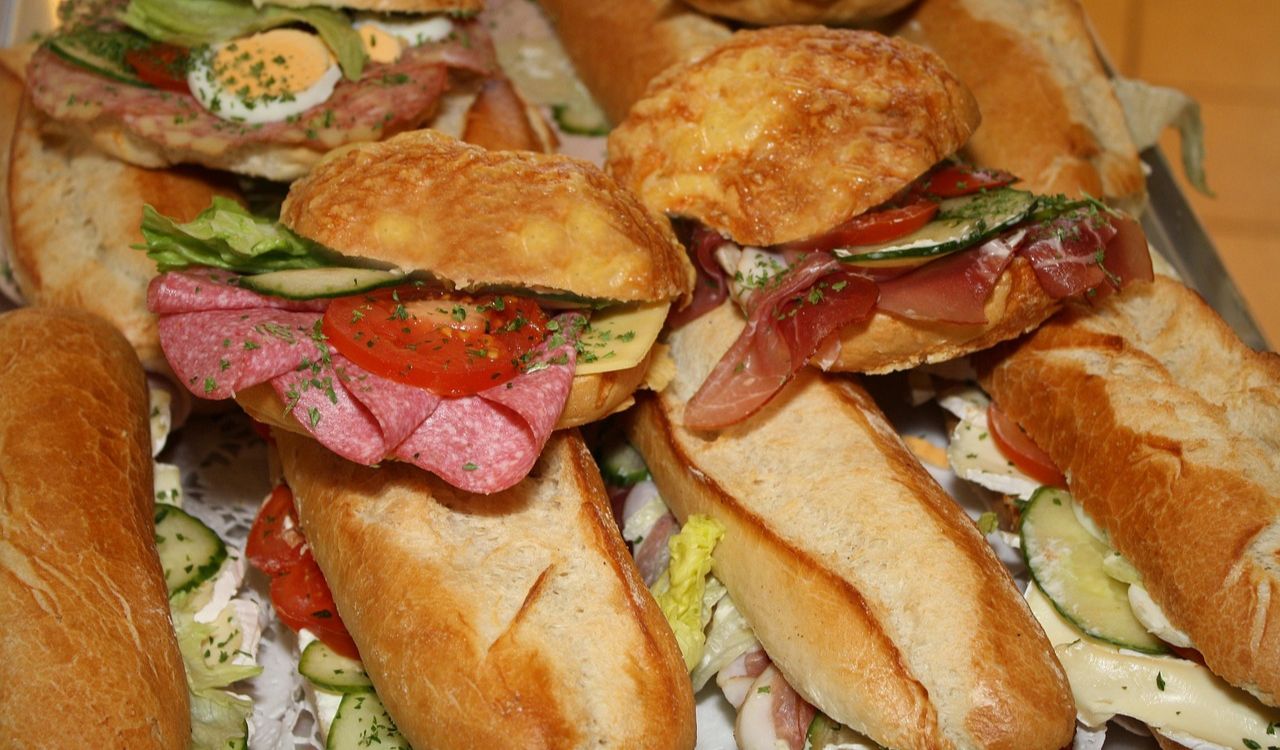10 Dinner Table Etiquette Rules Everyone Should Know Before Excusing Themselves
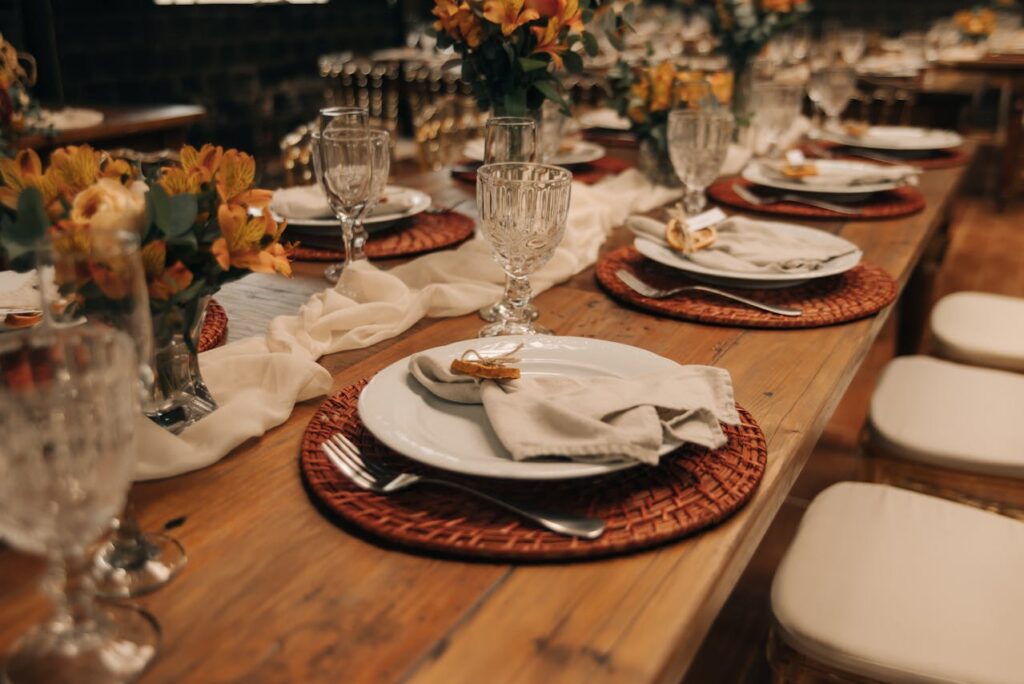
Leaving the dinner table is one of those moments that feels minor but reveals a lot about your awareness and respect for others. Whether you are at home, at a formal event, or at a business dinner, the way you excuse yourself shows how comfortable you are with social situations. It is not just about standing up and walking away; it is about timing, communication, and subtle signals that make others feel considered. Knowing the right moves avoids awkward pauses and keeps the experience smooth for everyone.
1. Wait for a Natural Pause in Conversation
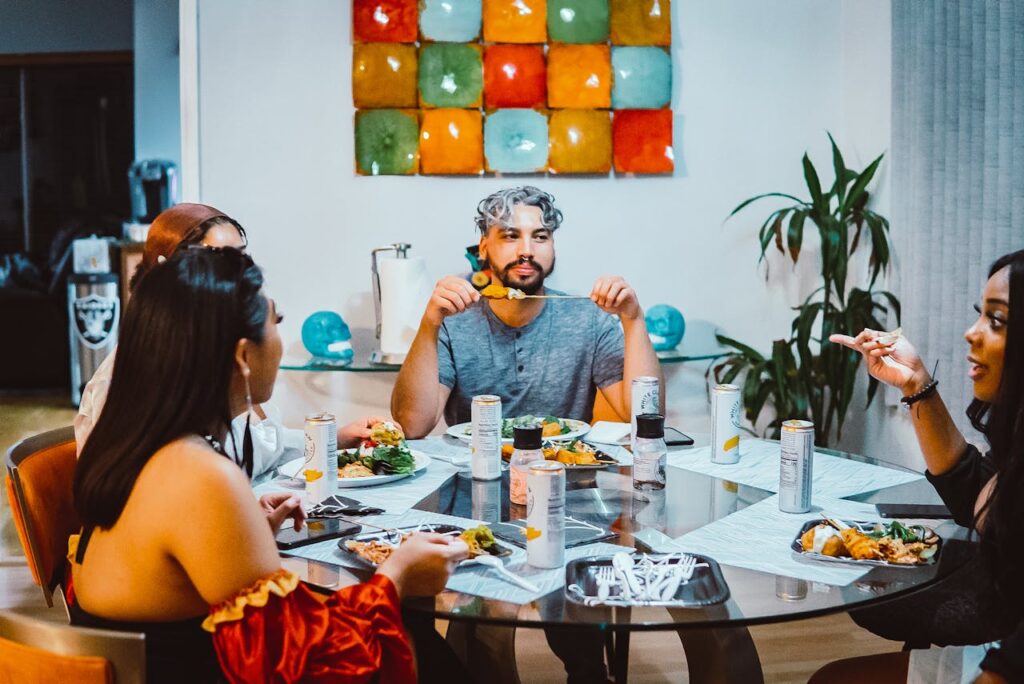
Leaving the table works best when done with timing in mind. Interrupting someone mid-story or breaking the rhythm of a lively exchange feels disruptive. Instead, wait for a lull in the conversation or a natural shift in topics before excusing yourself. It keeps the mood intact and shows you are tuned in to the group dynamic. People notice when someone leaves gracefully without drawing attention, and that is the hallmark of polished table manners.
2. Place Your Napkin Properly Before Leaving
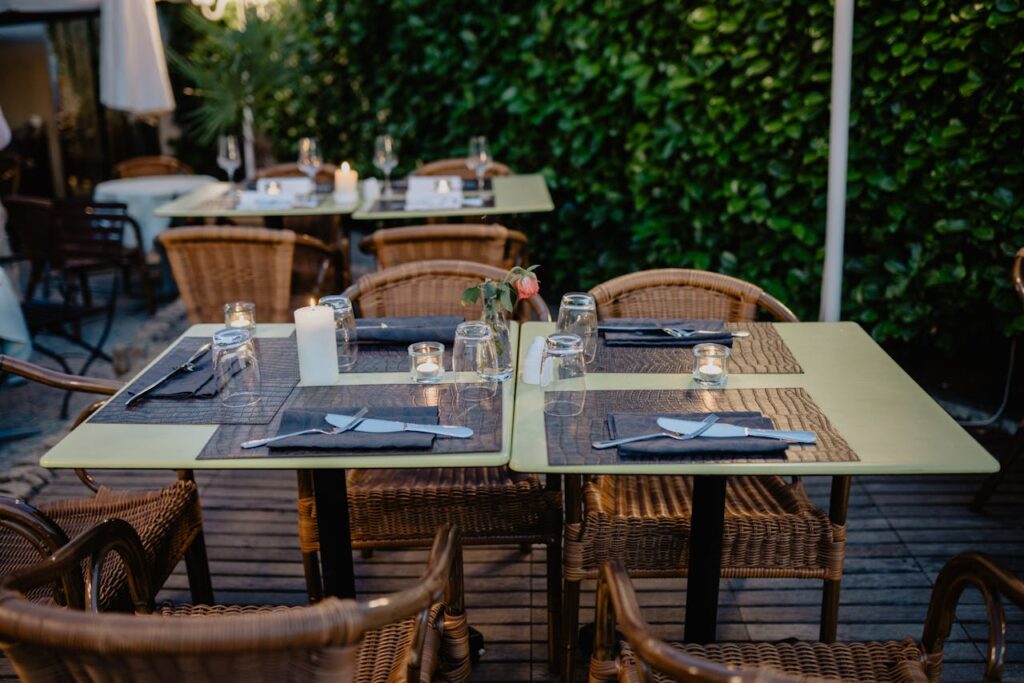
A napkin’s placement speaks volumes, even without words. If stepping away briefly, set your napkin neatly on your chair to signal you’ll return. Alternatively, when finished with your meal, lightly fold the napkin and lay it to the left of your plate. Avoid crumpling it or leaving it on food, as that can seem careless or disrespectful. These subtle gestures show thoughtfulness and regard for your surroundings, revealing etiquette at its most refined in small, intentional acts.
3. Excuse Yourself Politely with Brief Words

When stepping away, you don’t need to over-explain. A simple “Excuse me” or “I will be right back” communicates everything necessary. Offering unnecessary details about why you’re leaving can feel awkward or overshare personal information. On the other hand, leaving without a word makes your absence seem abrupt. The balance is short, polite, and neutral phrasing. It keeps the flow of the meal intact while showing respect for the people still seated.
4. Avoid Taking Your Phone with You
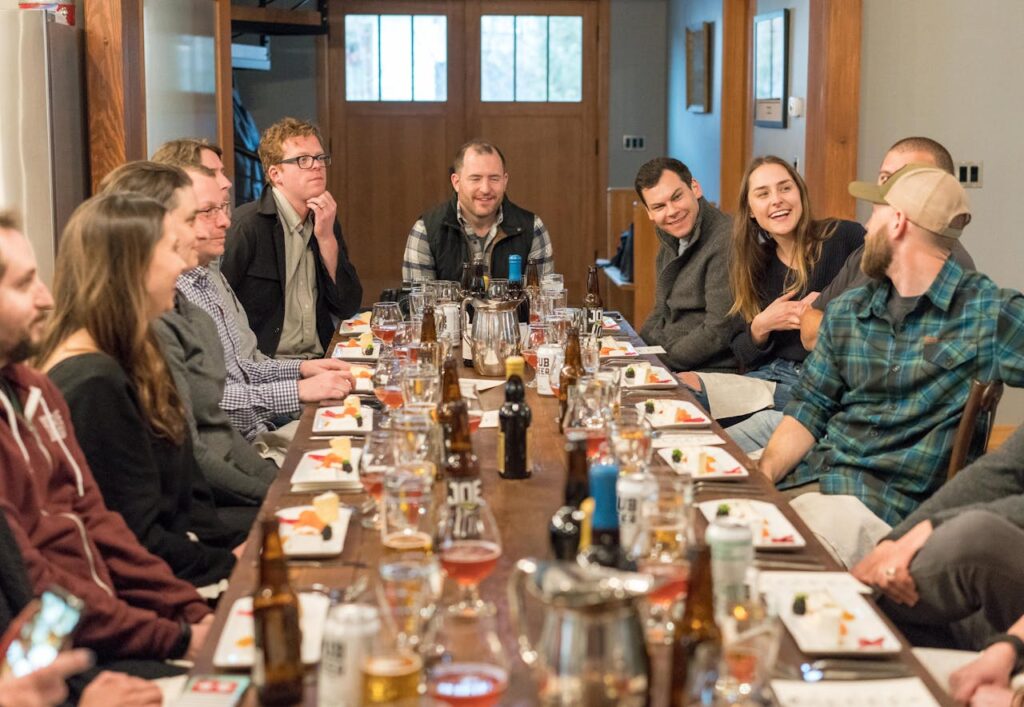
Phones at the table are already frowned upon, and leaving with your phone only amplifies that impression. Stepping away should not turn into an opportunity to scroll or check messages unless something urgent requires your attention. If you must use your phone, excuse yourself quietly and step completely away from the table’s view. This keeps your absence discreet and avoids the impression that your device matters more than the company or the shared meal.
5. Never Leave Without Saying Anything
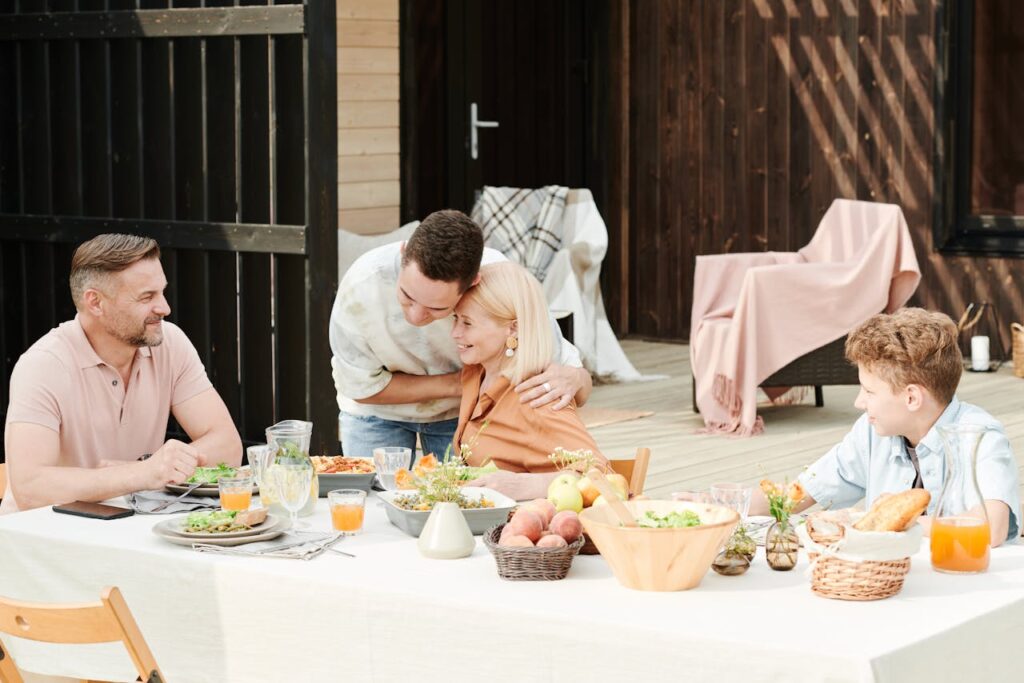
Leaving a meal without a word can leave others confused and gives the impression of disregard for those at the table. Even in informal settings with family or close friends, a simple “Excuse me for a moment” keeps everyone in the loop. On returning, a polite smile or gentle nod is enough to ease back in naturally. This isn’t about rigid protocol, but about demonstrating appreciation for the company and showing a thoughtful awareness of the shared meal’s flow.
6. Don’t Take Food or Drink Away from the Table
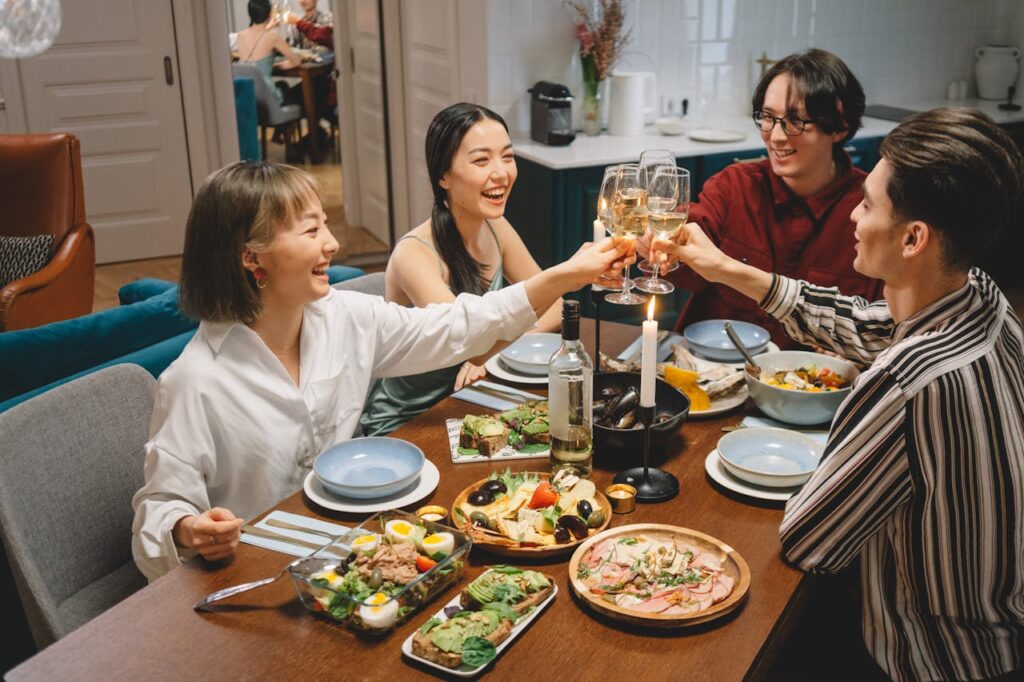
Taking your drink or plate with you as you leave the table might seem convenient, but it disrupts the sense of togetherness at a shared meal. Dining is meant to be a collective experience rather than a series of solo snack breaks. When finished, leave your dishes neatly at your place; if you’ll return, leave everything as is. Removing food or drink mid-meal can appear too casual and breaches subtle etiquette. Honoring the table as a communal space acknowledges the quiet ritual of dining together.
7. Excuse Yourself Discreetly During Formal Dinners
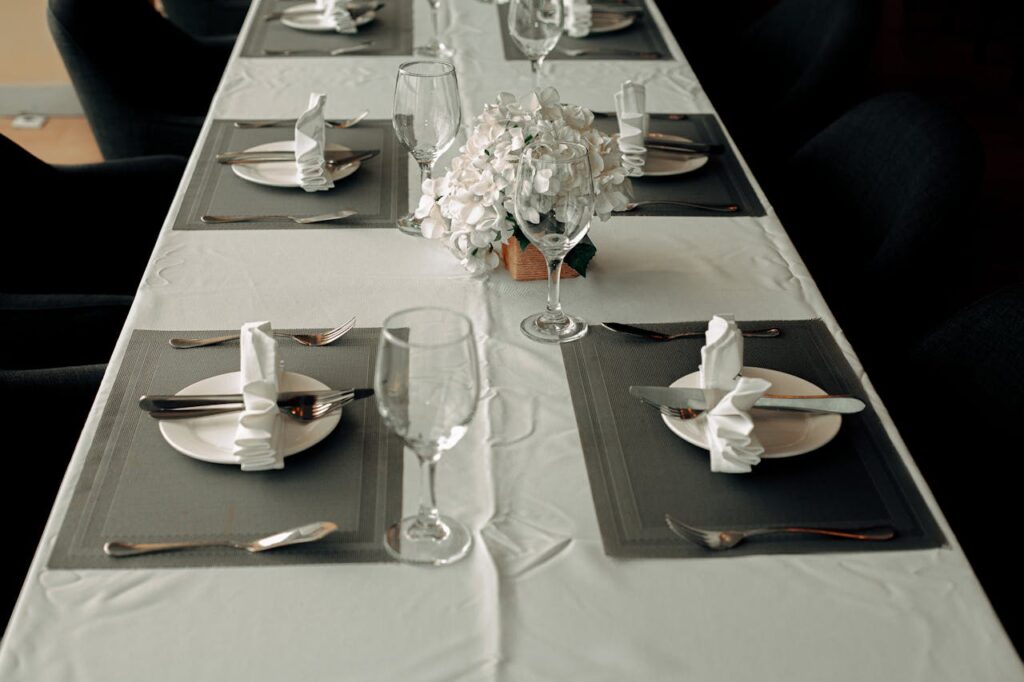
Formal dining requires a heightened sense of care when leaving the table. Stand up quietly, push your chair in without noise, and never make a show of explaining your exit. There is no need to straighten plates or tidy glasses; attentive staff will manage those responsibilities. The aim is to depart so seamlessly that your absence barely registers with others. Such understated gestures display ease within formal environments and signal genuine regard for your host’s hospitality and meticulous preparations.
8. Return to the Table Smoothly

Returning to the table merits the same quiet care as leaving. Skip any dramatic entrances or declarations simply slip back into your seat, place your napkin properly, and tune in to the conversation already underway. If a topic is in progress, listen in before joining. This gentle approach maintains the flow of the meal and shows respect for the group dynamic. People notice and appreciate those who can re-enter gracefully, keeping the table’s rhythm unbroken.
9. Always Thank Your Host if You’re Leaving for Good

When you are not returning to the table, it’s important to close with gratitude. A simple thank-you to the host acknowledges their effort and shows respect for their hospitality. Neglecting this can leave a negative impression. Often, people remember how you leave more vividly than how you arrive, so a heartfelt “Thank you for the meal” leaves a warm, lasting impression. Polite farewells have a subtle but enduring impact on everyone’s memory of the occasion.
10. Teach Kids by Setting the Example
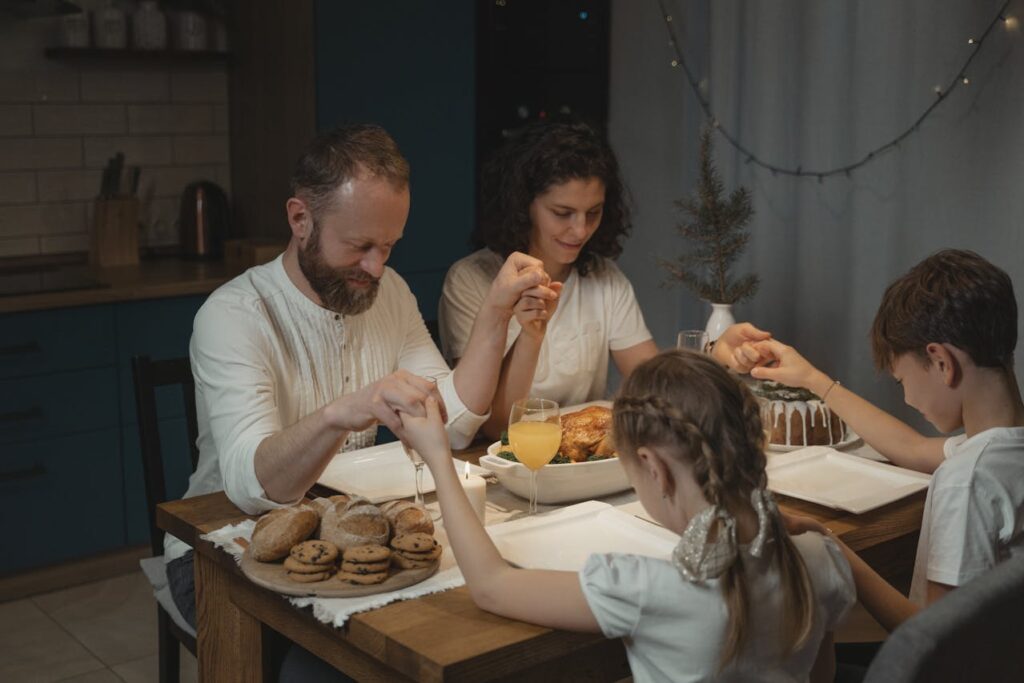
Children absorb lessons on manners through observation, so the way adults behave at the table is critical. Alongside using polite phrases like “Excuse me,” it’s important to show thoughtful gestures such as placing the napkin neatly or waiting for a natural pause before leaving. Explain subtly why these actions matter, helping children understand respect and consideration for others. Encourage them gently when they try these behaviors themselves. By creating a calm, respectful dining environment, children gain confidence in social settings and develop habits that extend beyond the table, shaping their overall interpersonal skills.


